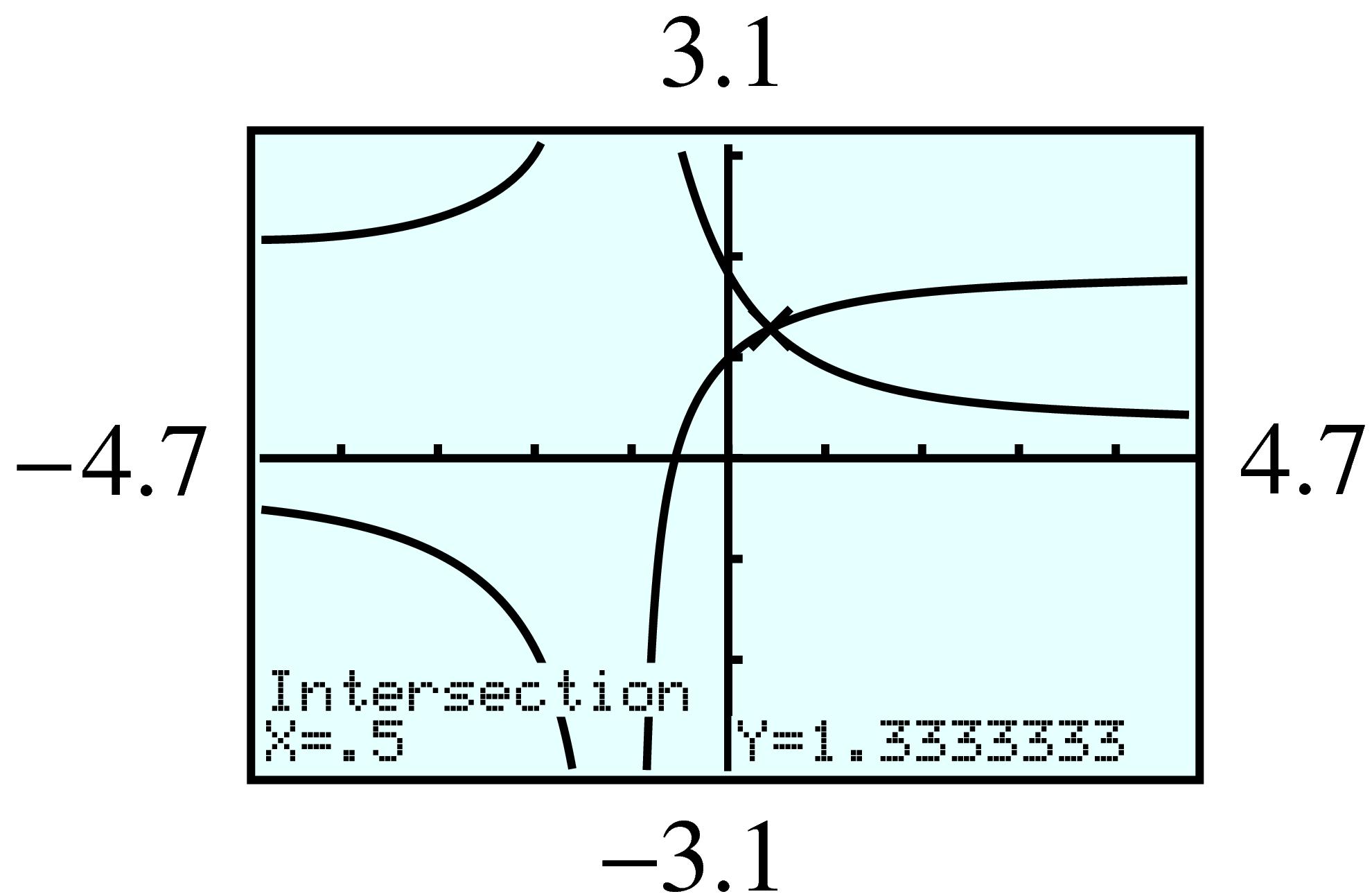Solve the equation \(~~\dfrac{60}{15-x}=9\)
Solution.
We multiply both sides of the equation by \(\alert{15 - x}\) to obtain
\begin{align*}
\alert{(15 - x)}\frac{60}{15-x}\amp =9\alert{(15 - x)}\\
60 \amp = 9(15 - x)\amp\amp \blert{\text{Apply the distributive law.}}
\end{align*}
From here we can proceed as usual.
\begin{align*}
60 \amp = 135 - 9x\amp\amp \blert{\text{Subtract 135 from both sides.}}\\
-75 \amp = -9x\amp\amp \blert{\text{Divide by }-9.}\\
8.\overline{3} \amp = x
\end{align*}
The windspeed was \(8.\overline{3}\text{,}\) or \(8\frac{1}{3}\) miles per hour.








